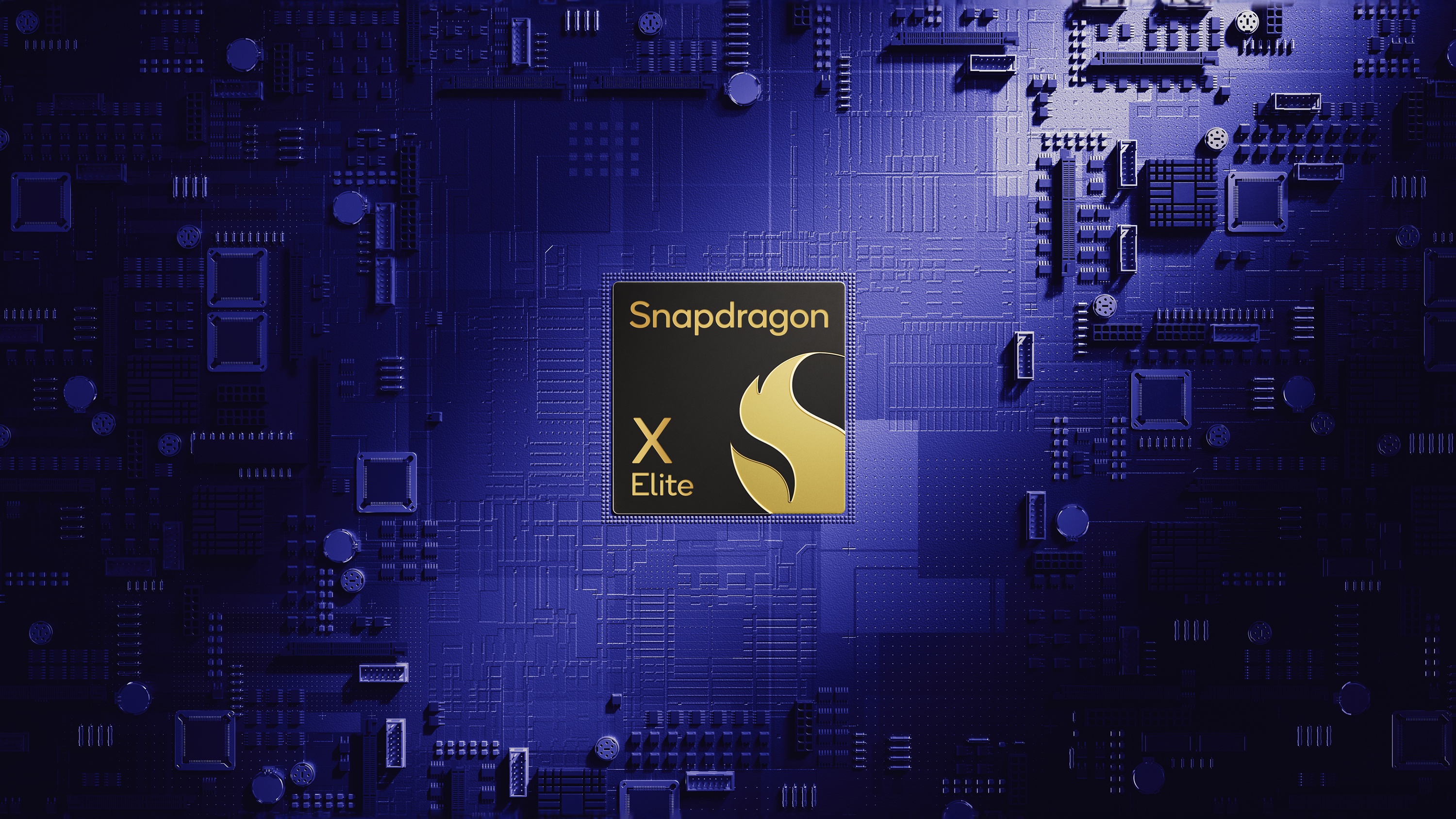
Snapdragon X enablement on Linux has become frustratingly dicey to say the least. Phoronix reports that Linux support for Qualcomm's latest processors has become so problematic that the latest Linux patch for the Snapdragon X Elite X1E80100 disables the iGPU by default, killing all display functionality.
"The GPU on X1E80100 requires ZAP 'shader' file to be useful. Since the file is signed by the OEM keys and might be not available by default, disable the GPU node and drop the firmware name from the x1e80100.dtsi file. Devices not being fused to use OEM keys can specify generic location at 'qcom/x1e80100/gen70500_zap.mbn' while enabling the GPU. The CRD was lucky enough to work with the default settings, so reenable the GPU on that platform and provide correct firmware-name (including the SoC subdir)."
Patch notes reveal that the Linux developers had no other choice but to disable the iGPU. The Adreno iGPU on the X1E80100 variant of the X Elite requires a special OEM-specific key signature that is not available "by default." The key effectively locks the ZAP shader, which is purportedly required to take the iGPU out of a unique secure mode it automatically runs in when first powered on.
Apparently, though, this only applies to X1E80100 models that are fused to OEM-specific keys. Production models that are not fused can actually enable the iGPU on this patch. We aren't sure how many of these specific X Elite ARM processors are fused to these OEM keys, but it's safe to say that most are, given the fact that these keys are generated by the OEM providers themselves.
This is a extremely frustrating roadblock Linux developers are having to deal with. Not having iGPU enablement means Linux OSes rocking this specific patch won't have any display output whatsoever — unless external GPU docks/enclosures are supported on the Qualcomm X Elite, which we don't believe to be the case at this time.
This is just one example demonstrating the slowness of Linux adoption for Qualcomm's latest iterations of its ARM-based PC processors. Phoronix revealed that beyond massive problems with Adreno GPU support, other features such as web cameras, USB4 functionality, and Bluetooth are still being tackled. Laptop-specific support has also been painfully slow, with the Asus Vivobook S15 currently looking like it will be the first Qualcomm Snapdragon X Elite-powered device to support Linux. And yes, that means no X Elite laptops currently support Linux in a full or complete form.







